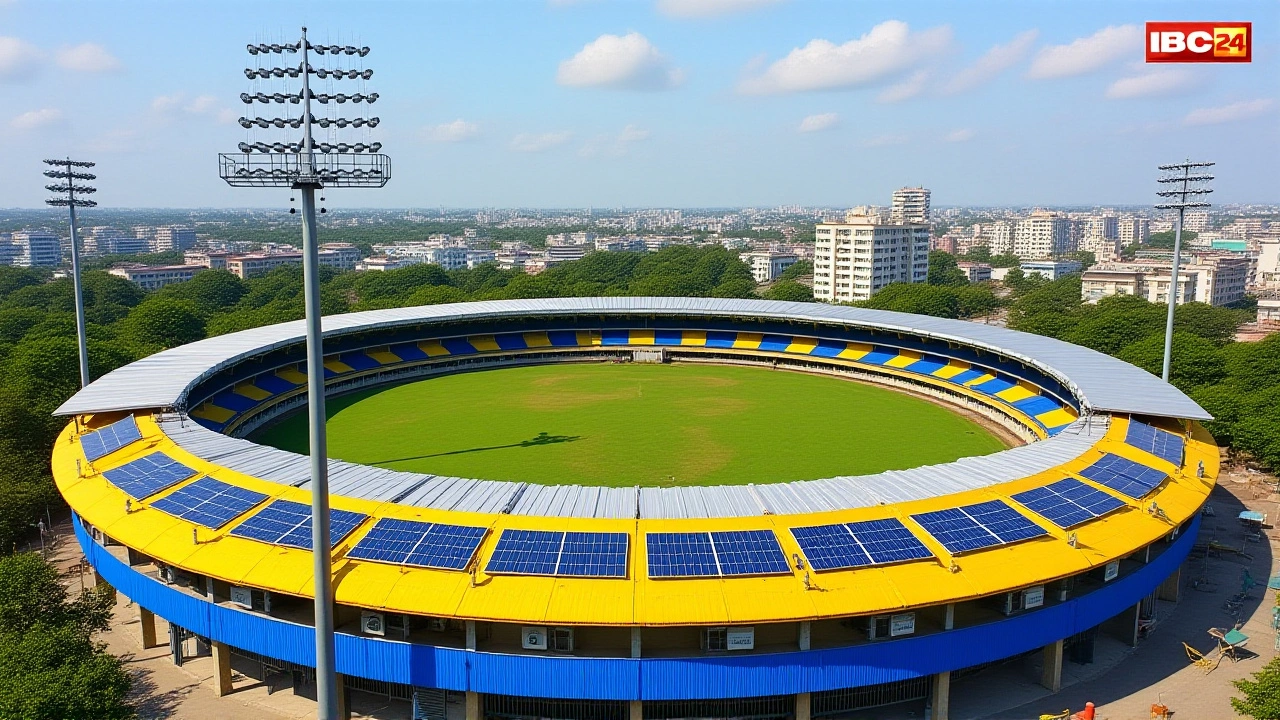ICC Women's World Cup: All the Essentials You Need
When talking about ICC Women's World Cup, the premier One Day International tournament for national women's teams, organized by the sport’s global authority. Also known as Women’s Cricket World Cup, it brings together the best talent from every cricket‑playing nation. The competition ICC Women's World Cup is more than a series of matches; it’s a showcase of skill, ambition and growing fan power for women's sports worldwide.
The event is overseen by International Cricket Council, the governing body that sets rules, schedules and standards for cricket around the globe. The ICC not only decides where and when the tournament happens, it also defines the playing conditions, points system and qualification pathways. In short, the ICC influences tournament scheduling, broadcast rights and the overall growth strategy for the women’s game.
Why the tournament matters for the sport
At its core, women's cricket, the sport played by female athletes at amateur and professional levels worldwide gains credibility and visibility every four years when the World Cup kicks off. The format follows the ODI structure: each side faces 50 overs, requiring teams to balance aggression with endurance. Because the ICC Women's World Cup encompasses a round‑robin group stage, every match matters; a single loss can reshuffle the knockout picture.
Fans also get to see emerging stars rise beside established legends. The tournament requires compliance with the ODI playing conditions, meaning ball‑handling, field placements and over‑rate rules are all enforced just like in the men’s version. This parity pushes national boards to invest in coaching, facilities and domestic leagues, which in turn lifts the overall standard of the game.
From a commercial angle, broadcasters and sponsors see real value. Television ratings have climbed steadily since the 2017 edition, and social media engagement spikes whenever a milestone—like a record‑breaking run chase or a hat‑trick—occurs. The ICC leverages these numbers to negotiate better deals, which then fund grassroots initiatives aimed at getting more girls into cricket.
Another key element is the tournament’s impact on gender equality in sport. When a nation reaches the final, the whole country celebrates, and young girls gain a tangible role model. This effect ripples into schools, clubs and even policy‑making, with governments citing the World Cup as proof that women’s sport can draw crowds and revenue.
Below you’ll find a mix of match reports, player interviews and analysis that dive deeper into each of these angles. Whether you’re looking for the latest score, a breakdown of a tactical decision, or a profile of a rising star, the collection ahead covers the full spectrum of the ICC Women's World Cup story.
